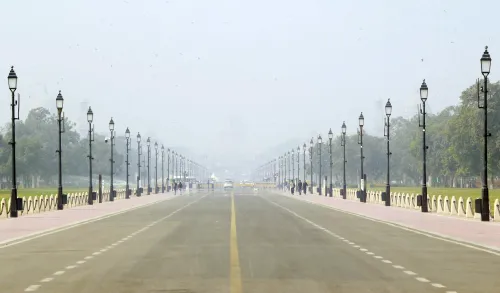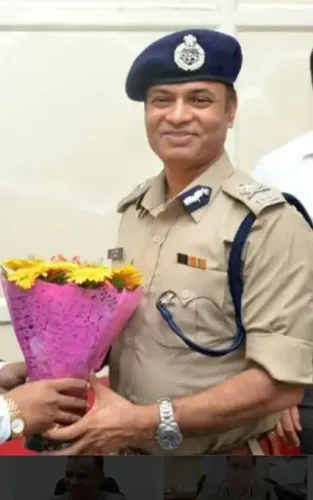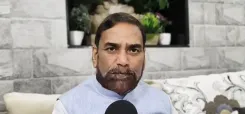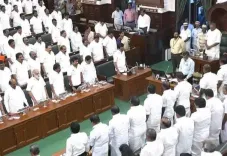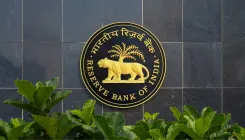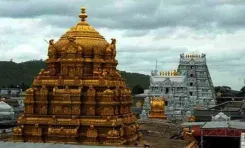HM Shah Emphasizes the Importance of Mapping Demographic Data Along the India-Myanmar Border
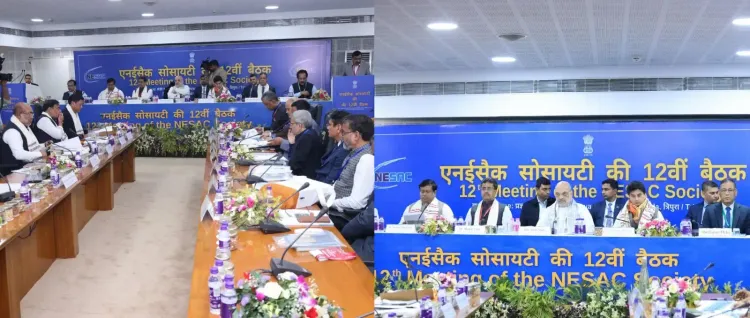
Agartala, Dec 21 (NationPress) Union Home Minister Amit Shah highlighted the necessity of mapping the demographic data of individuals along the India-Myanmar border, especially in Nagaland, Mizoram, and Manipur, to assist in border fencing and curb infiltration.
During the 12th meeting of the North Eastern Space Applications Centre (NESAC) Society held in Agartala, the Home Minister emphasized the urgent requirement for a thorough survey in the border regions.
Four northeastern states—Arunachal Pradesh (520 km), Manipur (398 km), Nagaland (215 km), and Mizoram (510 km)—share a total of 1,643 km of unfenced border with Myanmar.
The Ministry of Home Affairs has devised a plan to fence the entire 1,643 km porous India-Myanmar border, notorious for the smuggling of arms, ammunition, and narcotics, at an estimated cost of Rs 31,000 crore.
HM Shah noted that under the leadership of Prime Minister Narendra Modi, India's space sector has made significant advancements over the past decade.
He remarked that after 25 years since the establishment of the NESAC Society, the positive impacts of its initiatives are now becoming evident.
The Home Minister encouraged the NESAC Society to broaden its activities within the northeastern states and urged state governments to take proactive measures.
HM Shah called upon the NESAC Society to select 100 students with a background in science from each northeastern state to visit the headquarters of the Indian Space Research Organisation (ISRO), aiming to foster interest in space and related technologies.
He requested the Ministry of Development of North Eastern Region (DoNER) to finance 60 percent of this initiative.
Additionally, HM Shah urged northeastern state governments to introduce new courses focused on space technology in engineering colleges.
He highlighted that thus far, 20 waterways have been constructed with NESAC's support and suggested exploring opportunities for additional waterways.
The Home Minister stressed the need for extensive mapping of mineral, oil, and coal reserves in the northeastern states, noting that these states could gain financially from the royalties derived from these resources.
HM Shah advised the NESAC Society to concentrate on forest area development utilizing space science.
He emphasized the importance of comparing historical maps with contemporary ones and collaborating with state governments to identify regions suitable for tree planting efforts.
Similarly, the Home Minister requested the Society to map flood-prone areas in the northeastern states.
He commended the NESAC Society for its effective and constructive application of space technology in governance and underscored its potential for facilitating development in the challenging geographical landscape of the northeast in the future.
HM Shah also suggested that the NESAC Society should work on creating a revenue model.
DoNER Minister Jyotiraditya Scindia, his deputy Sukanta Majumdar, Chief Ministers from several northeastern states, Union Home Secretary Govind Mohan, Secretary of the Department of Space Dr. S. Somnath, and Director of the Intelligence Bureau Tapan Deka, along with senior officials from central and state governments of the northeastern states, attended the meeting.
The Union Home Minister serves as the President of the NESAC Society, while the ISRO chief holds the position of Chairman of the NESAC Governing Council.
Through satellite-based imagery and research, NESAC, located in Umiam, Meghalaya, has assisted northeastern states in planning, preparing, and monitoring various projects ranging from agriculture to infrastructure development.

